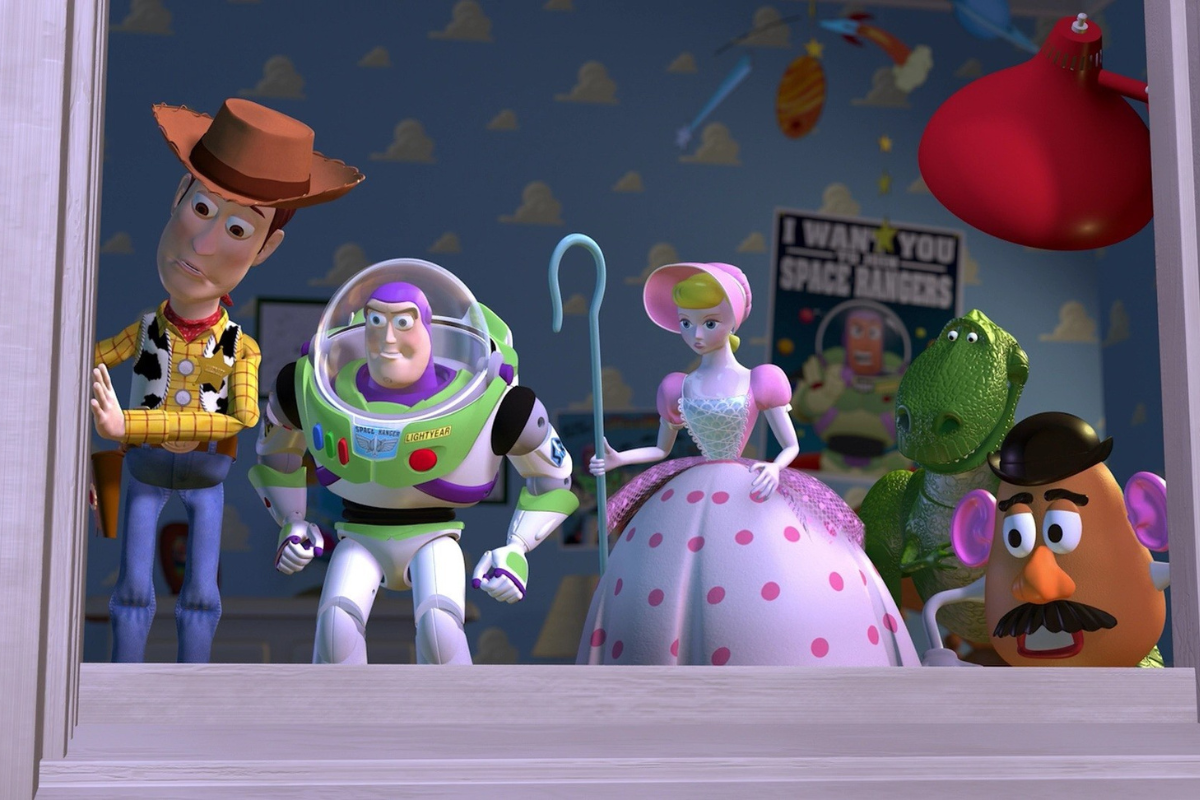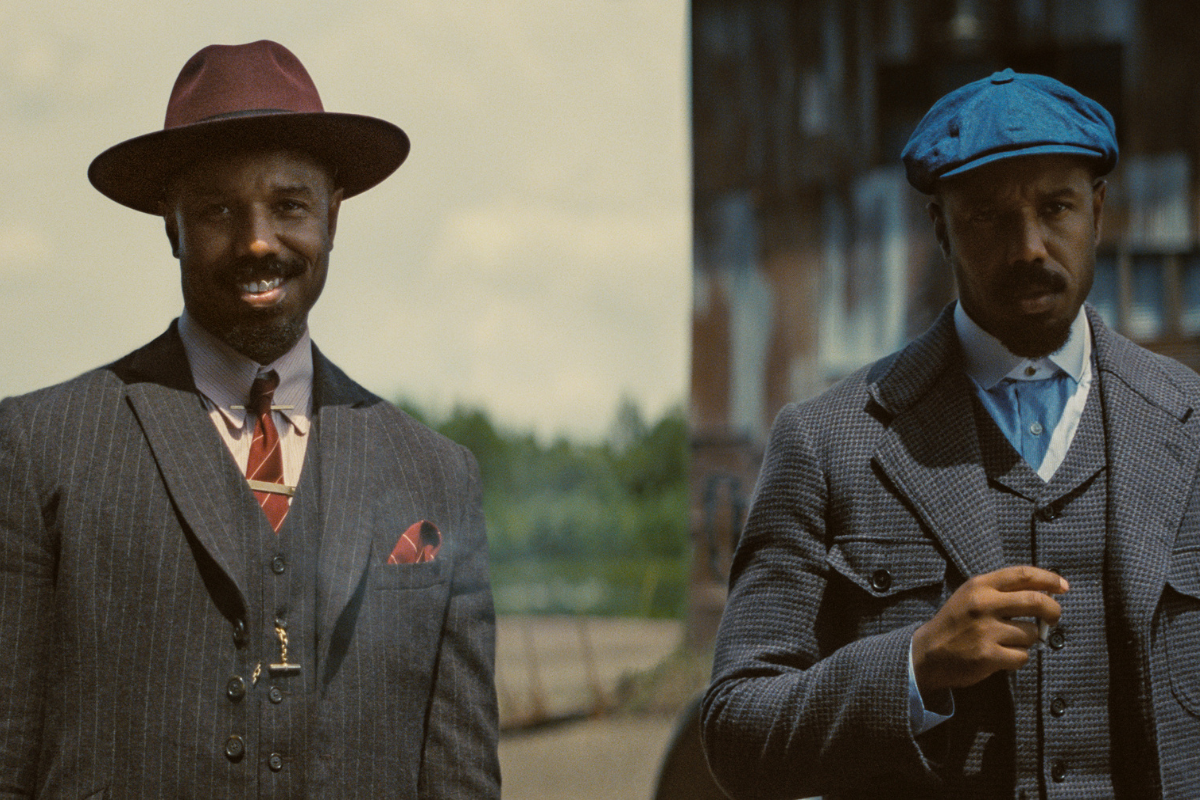Writing Action Description: It’s All Storytelling
Jim Mercurio dives deep into the importance of writing action description that propels your story and engages the reader.
Jim Mercurio dives deep into the importance of writing action description that propels your story and engages the reader.
One of the reasons I chose to write a book focusing on scenes is that I wanted to take a look at screenwriting principles in a new way. Even a ubiquitous and seemingly basic topic like action description deserves deeper exploration.
Consider sentence fragments. Yes, they can help with efficiency and make your script a faster read. However, they have a higher purpose that serves your story. There will be times in your script -- like in action sequences -- where they can capture a subjective, kinetic experience.
The Bourne Identity cleverly uses fragments:
COP #1 -- he's falling -- catching the bench -- trying to fight back but -- THE MAN -- like a machine -- just unbelievably fast -- three jackhammer punches -- down-down- down and -- COP #1 ...
Your language must multitask to achieve several goals simultaneously. The sought-after efficiency that allows your language to accomplish all of this and make it look easy is what makes action description deceptively challenging.
In my chapter Cinematic Writing, I present a list of the various functions of action description, so you know what you are aiming for. Here are some of them from the most basic to the most important: storytelling.
INITIAL FUNCTION
At the beginning of a scene, the primary function of action description is to establish the setting and how the characters are oriented in space. Although this is the most basic usage of action description, there are several obstacles.
You don’t have the luxury that a novelist has to describe every element of the setting. Whereas “beat-up shack” or “run-down trailer” offer efficiency and would be preferred to a three-line description, a more productive approach would be to think in terms of synecdoche, where a part stands for a whole. Find a slice of the reality that paints a clearer picture in the viewer’s mind.
The beat-up trailer is covered with flecks of peeling paint.
The specifics here create a better sense of what we see. One way to make static images more dynamic is to capture a sense of movement in your description even when it does not seem immediately warranted:
Flecks of peeling paint from the trailer scatter in the wind.
BLOCKING
Just as we don’t have time or space to describe every element of the setting, we also don’t have time to portray a character’s every movement. Blocking describes the movement of your characters. Of course, you will have to relay some basic, practical actions to the audience such as such as characters entering or exiting
However, the other essential descriptions will involve movements and actions that correspond with a character’s inner mental state, i.e., the beats of the scene. A change in the intention of the character that isn’t telegraphed by dialogue or a change in the state of the environment will almost always warrant a line of action description.
Remember the Good Will Hunting therapy scene in which Will hurls a litany of insults at the therapist Sean. While the insults are bouncing off of him, there is no action description. It’s not until Will stumbles upon a way to get under Sean’s skin that we need it to give us a window into Sean’s mindset:
Sean is walking slowly towards Will.
In the movie, Sean removes his glasses, which is even clearer foreshadowing of the ensuing fight:
In a flash, Sean has Will by the throat. Will is helpless.
CONTEXT
Context is the invisible glue that holds your scenes together. It allows leeway in your action description and style, including the usage of expressive language. The overall set of circumstances—the memory of previous descriptions layered throughout the entire script—has a cumulative effect that becomes indispensable to a compact prose style. You can avoid superfluous description and focus on images that propel the story.
For instance, your setups for scenes will become shorter and shorter as your story progresses. This “memory” is the context that allows your action description to multitask and, say, sneak in mood and tone early in a scene. If we establish that the characters will be attending a funeral, then we are not obligated to specify every mundane detail. You can be elliptical and creative with your images: silhouette of dead tree, gravestones, a line of black cars.
While you are describing the essential movements of character, addressing mood and tone and finding expressionistic and clever language, you must simultaneously pull off the ultimate multitask. You must describe the correct action and images. How do you find the correct ones? It comes down to story and a key principal discussed in the book.
All surprise comes from setup. If you ask yourself, “What surprises does this scene bring?” and “What is the climax?” the answers reveal the setups you need to plant in the beginning of the scene.
SETUP
In addition to everything else that your action description is doing, it must also foreshadow the surprises that will come later in the scene.
Let’s consider a tool table in a basement with a window above it. What will happen later affects how we should establish the space. On the left is potential action description that describes the tool bench, and on the right is the scene’s eventual surprise.
Each of these descriptions fulfills most of the lower-level function of establishing the space. But notice how a different “slice” of the details sets up a completely different surprise. The initial action description for a scene functions like the opening image of a movie: It subtly hints at all that is to come.
During your writing process, if you make any changes to the structure, concept, or reversals in a scene, you will have to change the details that introduce it. If in the first draft of a scene in your crime story, the villain is shot by a police sniper from a building across the street, the fact that it’s raining might be introduced with this emphasis:
The rain barrages the window, making it almost impossible to see even to the buildings across the street.
However, if the a rewrite of the scene culminates in a new twist in which the villain slips and falls in the rain while trying to run away, the scene might be introduced with a different focus:
The rain splashes on the glistening patio tile outside the sliding glass door.
Do you see the power you have in what you choose to set up?
THE MORAL OF THE STORY
Make your action description efficient and sneak in some mood and tone. Don’t bog down the read with details that don’t give us legitimate, new insight into the characters and story. Although there may be many ways to do this, the right way will include the details that foreshadow a scene’s surprise.
Everything is storytelling! By embracing this principle, you can develop a great action description style with which to tell your story.
Jim's new book, The Craft of Scene Writing: Beat by Beat to a Better Script, will be released on February 1 and can be preordered here.
Learn more about elevating your writing in Jim's new webinar, Writing in Your Personal Voice
If you cannot attend the live event on February 7th, just sign up
now and get a recording emailed to you!
Enroll by Friday 1/31 and save $20!
REGISTER NOW!
Scriptmag.com is a participant in the Amazon Services LLC Associates Program, an affiliate advertising program designed to provide a means for sites to earn advertising fees by advertising and linking to Amazon.com and affiliated websites.







